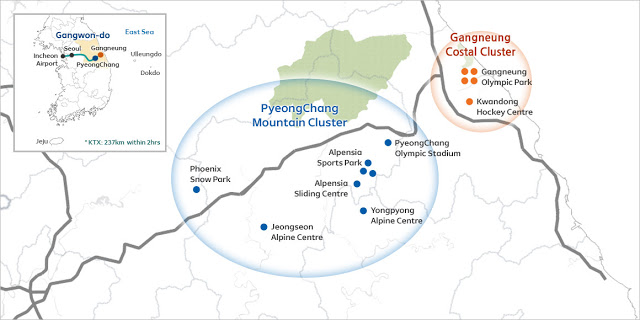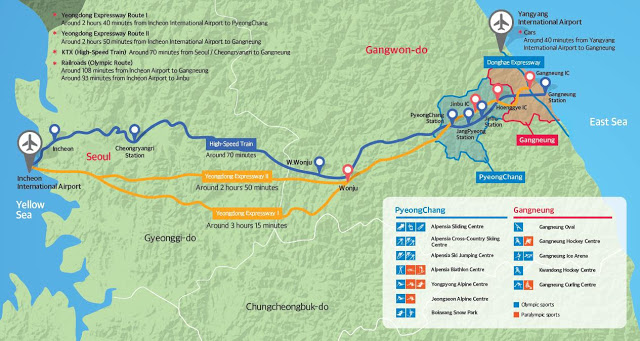

| Online: | |
| Visits: | |
| Stories: |
PyeongChang Winter Olympic : Process of 2018 PyeongChang Winter Olympic preparation
Rara is an engineer by profession, a traveler by heart, a marathon runner by dreams and a certified scuba diver. She also blogs at http://muncity.blogspot.com
It will be the first Winter Olympic Games and second Olympic Games in South Korea. Seoul hosted the first one, 1988 Summer Olympic Games. PyeongChang will also be the third East Asian city to host the Winter Games after Sapporo, Japan (1972) and Nagano, Japan (1998).
One interesting fact I learnt about 2018 PyeongChang Winter Olympic is that the preparation for it had started since 2003!
The first bid was in 2003. In the first-round voting at the IOC Session in Prague, PyeongChang won the most votes, but lost to Vancouver by 3 votes (53-56) in the final vote.
Then, they tried again in 2007. The highest number of votes was cast to PyeongChang in the first round of voting at the IOC Session in Guatemala but Sochi won the final vote by four more ballots (47-51).
You would think it was over after two failed attempts but PyeongChang never gave up. Hope came again in 2010 when the IOC shortlisted PyeongChang together with Munich and Annecy as candidate cities for 2018 Games.
After 3 consecutive bids, their determination paid off in 2011 when PyeongChang was selected as the host city for the 2018 Winter Olympic Games, receiving an overwhelming 63 out of 95 votes during the IOC Session in Durban, South Africa. That same year, PyeongChang Organizing Committee for the 2018 Olympic and Paralympic Winter Games was founded, and the real preparation began.
The venues for PyeongChang 2018 Olympic Winter Games are clustered at 2 areas; PyeongChang Mountain Cluster and Gangneung Coastal Cluster.
The construction of the 2nd Yeongdong highway between Gwangju in Gyeonggi province and Wonju had completed, and the new highway between East Hongcheon and Yangyang is now under construction.
When the new highway opens to operation, it will distribute the traffic volume between Seoul area and Gangwon province or Gangneung and improve the travel between these two regions. Also, for spectators who are going to Gangneung for ice sport competitions, the new highway between East Hongcheon and Yangyang will shorten the travel time.
For more info about 2018 PyeongChang Winter Olympic, click here.
Source: http://muncity.blogspot.com/2017/03/pyeongchang-winter-olympic-process-of.html





